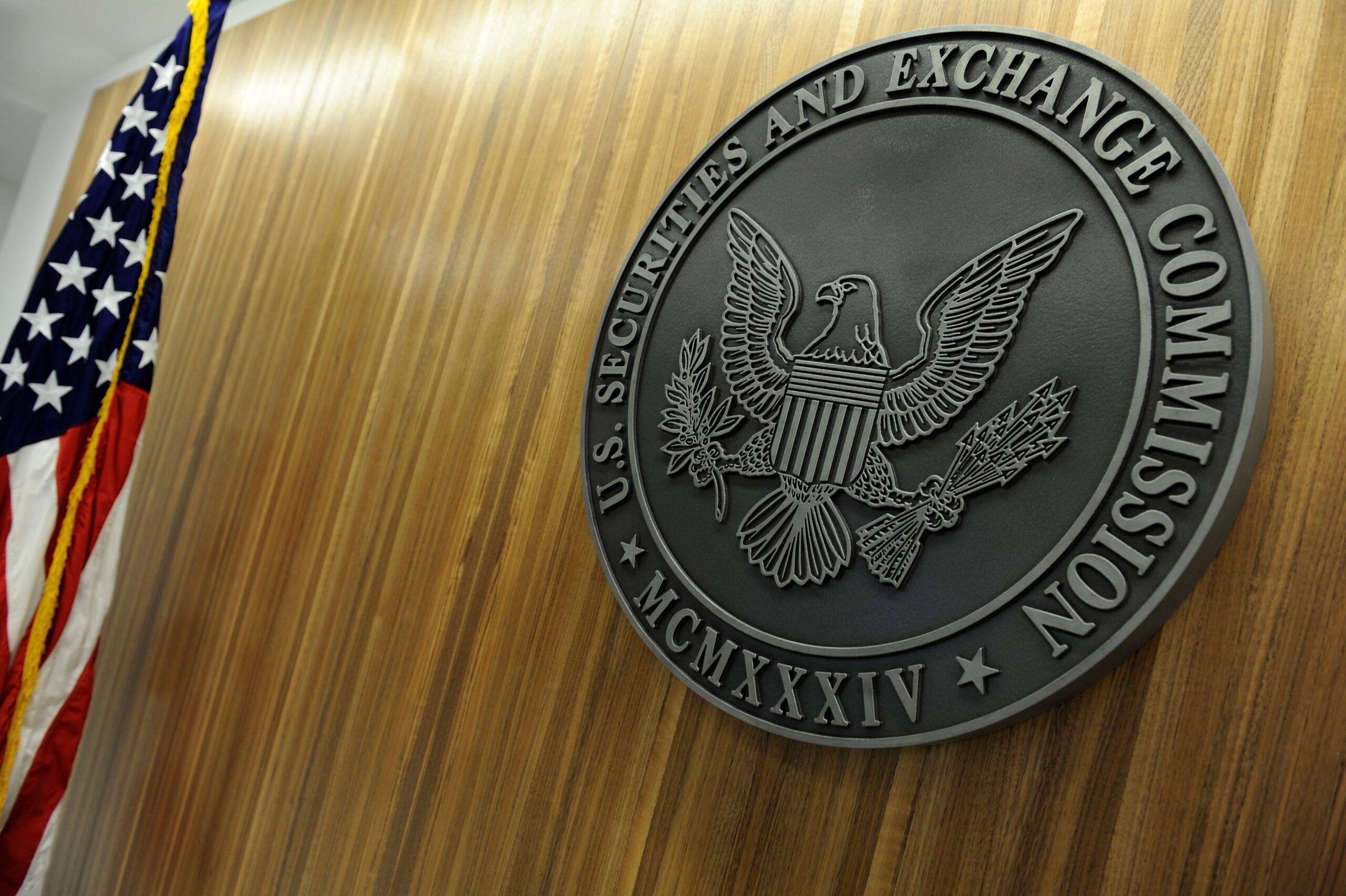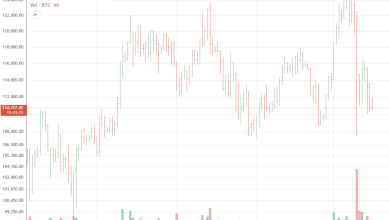SEC Considers Allowing Markets Set Company Reporting Cadence, Potentially Easing Disclosure Burdens


U.S. Paul Atkins confirmed in a CNBC interview on Friday that the agency is moving forward with reforms to corporate disclosure rules, allowing markets (investors and banks) to decide the “cadence” of company reports.
According to Atkins, the agency is “prioritizing” a proposal that would make reporting cadence a market-driven choice rather than a regulatory dictate. This development follows President Trump’s renewed push this week to .
“Companies and Corporations should no longer be forced to ‘Report’ on a quarterly basis (Quarterly Reporting!), but rather to Report on a ‘Six (6) Month Basis.’ This will save money, and allow managers to focus on properly running their companies,” Said in a post on his social media platform.
Trump initially floated the idea of the change to earnings reports disclosure during his first term in office back in 2018.
The new SEC agenda includes a proposal for public consultation, aiming to streamline corporate disclosures and cut costs for listed and companies.
Although Atkins did not confirm a timeline for the policy change, the development, if implemented, signals a major shift for the U.S. corporate market.
Investor Takeaway
SEC Supports Trump’s Market-Setting Cadence Stance
officials argue that allowing markets to set reporting schedules lets businesses tailor disclosures to investor demand and industry cycles, echoing calls from banks and large asset managers.
highlighted that the agency intends to eliminate requirements that do not provide meaningful investor protections, focusing rules on what’s material for capital formation.
Supporters say a move to biannual reports could cut costs, assist managers focus beyond short-term metrics, and encourage more .
On the other hand, detractors warn that reduced transparency could introduce more earnings volatility and risk, as moving away from quarterly reporting might increase uncertainty and potentially lower valuations.
Atkins indicated that investors and banks will determine the frequency of company disclosures based on the firm’s activities, including debts, issuances, and other financial matters, signaling potential flexibility for crypto firms’ reporting requirements.
Investor Takeaway
How SEC’s Reporting Rule Decision Could Impact Crypto Companies
Crypto and digital asset firms stand to benefit most from reduced disclosure burdens, as quarterly reporting has been cited as a drag on innovation and capital formation in quick-moving sectors.
The change fits a broader regulatory pivot: Chairman Atkins has also signaled the SEC will offer warnings before actions and streamline recordkeeping, further easing compliance.
Atkins’ recent push for and a pledge to build a comprehensive during his tenure further reinforces the administration’s pro-crypto stance.
The SEC will open the proposal for public comment, weighing responses from companies, investors, and advocacy groups in late 2025.
Most analysts expect the agency to introduce a hybrid approach: semiannual reporting with optional quarterly updates by 2027, aligning the US more closely with European and Asian corporate norms.







